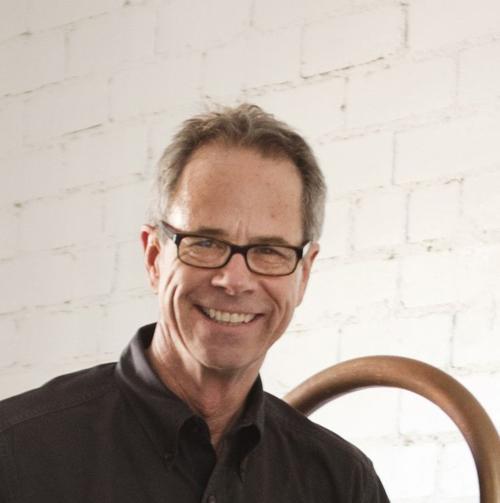Stephen Paul
Tim Steller’s account of the stonewalled Sister Jose Shelter for homeless women deserves comment from a deeper perspective than the “just not here” paradigm presented in his May 11 column.
When I moved into the Iron Horse neighborhood in the early 1970s, the scattering of homeless people downtown were familiar characters to us.
We would talk to some of them regularly, and would give them a handout occasionally, usually unsolicited. They were part of the community, and generally respected other peoples’ boundaries. Panhandling existed, but not in the aggressive fashion that became prevalent some years later.
There were a few feeding sites downtown, but there were also services far from downtown, which drew significant numbers of people. The far-eastside St. Michael’s Episcopal Church, for example, was feeding about 50 people a day even into the mid-’80s.
During the late ’70s, a budding homeless services industry began attempting to concentrate services downtown, with the encouragement of the city.
Having moved into another downtown neighborhood, my wife and I began noticing downtown’s parks and neighborhoods were becoming inundated by homeless people, drawn by the many feeding sites, blood banks, methadone centers, homeless shelters, counseling agencies and myriad other magnets that had sprung up.
The “regulars” with whom we had always lived became vastly outnumbered by a more transient population, as Tucson became known as a destination for drifters. And downtown was a convenient place for all the churches and agencies to focus their services — convenient for those churches and agencies, but not for downtown residents.
By the mid-’80s, city parks became unusable for the actual residents, private yards became places for urination and defecation, alleys became havens for drug dealing and camping. You can imagine the inherent fear in knowing strangers are sleeping in the alley behind your house, people who have no respect for boundaries and no sense of responsibility to the community. With this fear, and the constant need to battle for boundaries, compassion fatigue began to set in, not only among longtime downtown families, but also among newcomers, many of whom had moved downtown looking for cultural and economic diversity in the first place.
The quality of life in already poor neighborhoods was further degraded by this influx of strangers. While some needy permanent residents could avail themselves to services, any advantage was far outweighed by ignoring the negative consequences.
There is no doubt that advocates for the homeless have the best intentions. But altruism that victimizes others is not just inauthentic, it is hypocritical. It’s too easy for members of far northside and eastside churches to make sandwiches for a downtown soup kitchen, for example, and go home to the serenity of their suburban neighborhood, suffering nothing for the negative consequences their “good deeds” have inflicted outside of their field of vision.
Drive by Santa Rita Park or the main library downtown and see if you’d feel comfortable having a picnic with your kids there.
Homeless women are a particularly vulnerable population, and it is unfortunate that the Sister Jose Shelter was denied a place in West University. But let’s not blame the residents of West University. Blame belongs on the churches, the homeless service agencies and the city for concentrating homeless services in an area that was already struggling to bring itself up. Yes, compassion fatigue turns into a “just not here” stance.
The number of homeless service agencies downtown has overwhelmed us. When neighborhoods throughout the city are sharing the burden of caring for the homeless, perhaps the compassion fatigue felt by downtowners will be replaced by a spirit of helping again.





